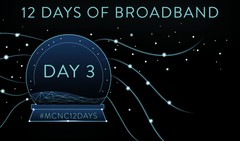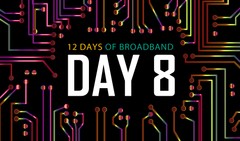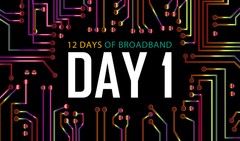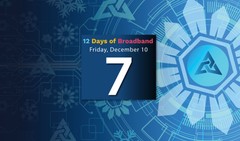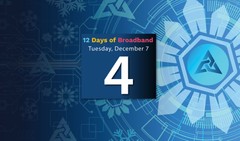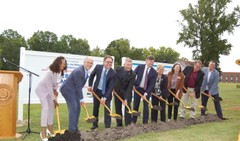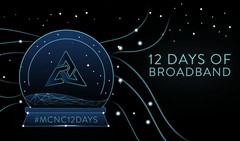MCNC and PARI celebrate eclipse of the century


More than 1,000 people were at the Pisgah Astronomical Research Institute (PARI) on Aug. 21 to witness this year's total solar eclipse – by the far the largest event in PARI’s history. MCNC's western data center housed inside the PARI Research Building provided the level of connectivity on NCREN that was a key component to extending PARI's eclipse program and research capabilities to a broader segment of the population.
Located in the Pisgah Forest 30 miles southwest of Asheville, the 200-acre PARI campus is a perfect dark-sky location for astronomy. PARI has a rich history spanning several decades where it has served the country in multiple roles – everything from being a NASA site for tracking manned and unmanned space flights in the 1960s and 70s to intelligence gathering during the Cold War. In 1995, the U.S. Department of Defense closed the facility, and it was turned over to the U.S. Forest Service. A few years later it was acquired to use as an astronomical research and educational facility where it continues today to mostly focus on the STEM (science, technology, engineering, and math) education needs for students in North Carolina and all over the world.
MCNC photos from August 2017 Eclipse

High-speed connectivity and new data center capabilities at PARI are allowing people all over the world to access some of the best scientific instruments available today for astronomy research and education.
About seven years ago, PARI began working with MCNC to connect to NCREN. Since then, the level of connectivity NCREN has delivered to the facility has had a tremendous impact. High-speed broadband now allows people from across the state and around the world to access and use PARI’s leading-edge scientific instruments as if they were actually on its campus. MCNC also established a data center housed inside the PARI Research Building, which offers a 1,200 square-foot, raised-floor space for many companies, organizations or institutions to locate racks or computing operations. The building was constructed to stringent U.S. Department of Defense standards as a secure, stand-alone site with 45 tons of cooling, 500 kilowatts of uninterruptible power supply (UPS), and a 500-kva diesel generator. Additionally, the facility was upgraded with a $1.5 million renovation investment funded by PARI and the National Science Foundation. Read MCNC case study on PARI.
NCREN continues to be a key element in the success of PARI’s evolving programs and services. PARI CIO Lamar Owen says NCREN connectivity makes PARI an ideal location for remote computing, data storage, and disaster recovery IT operations. “MCNC and NCREN mean more than just connectivity,” he adds. “They are a resource providing things that wouldn’t otherwise be possible.”























